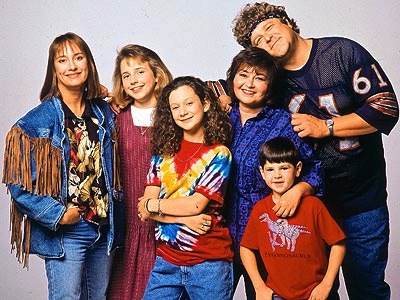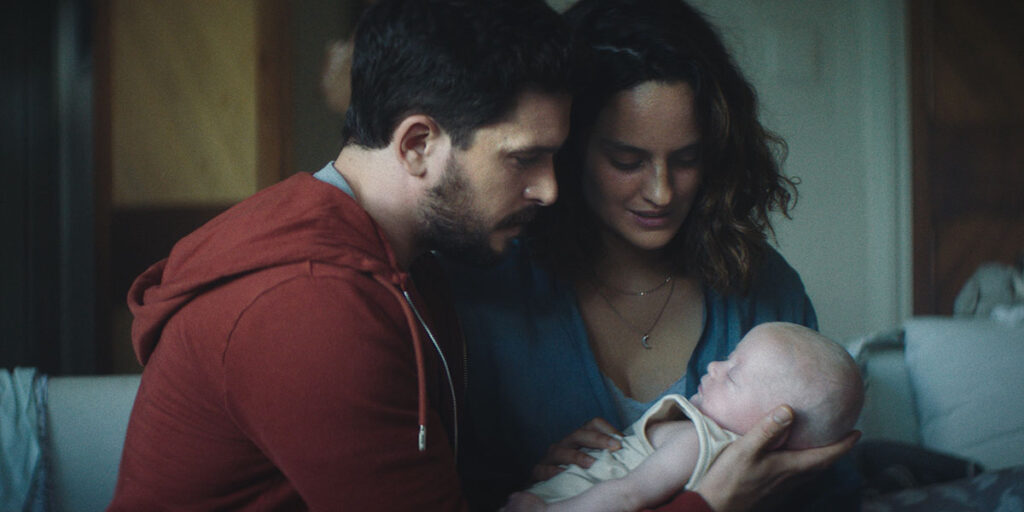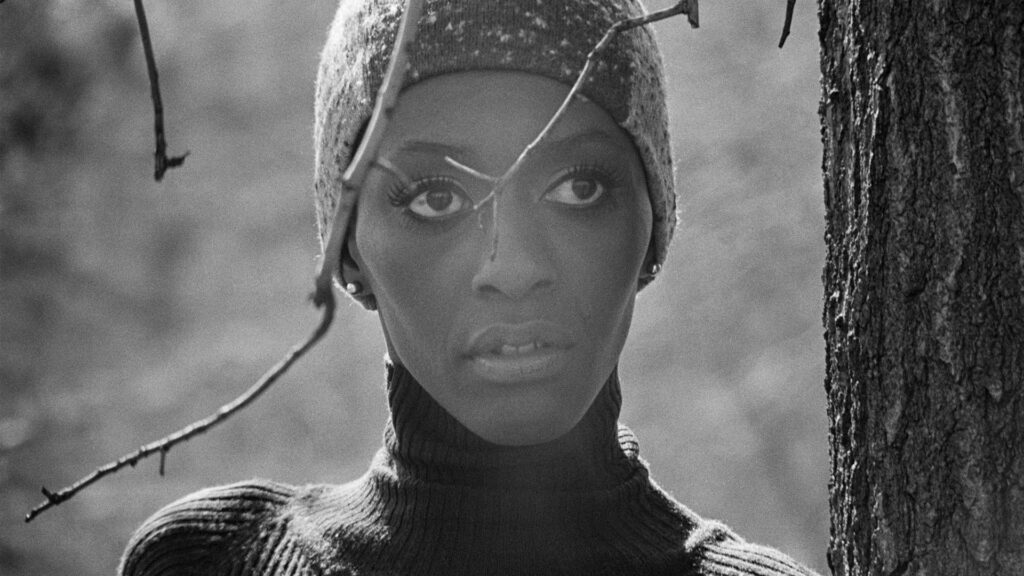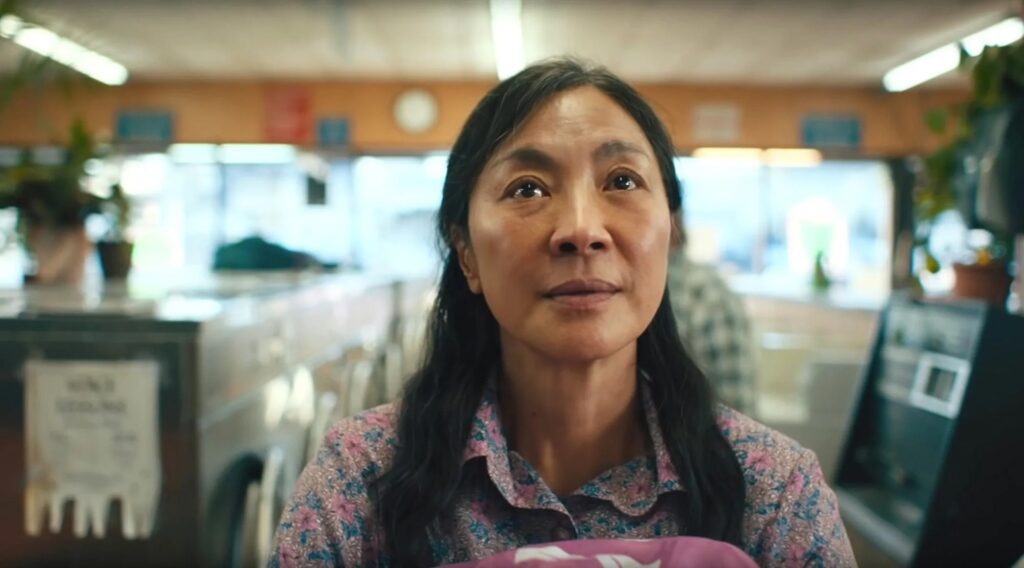
As we stare down the beginning of another grim
new crop of fall television shows, the prospects this year seem even worse in
part because of a looming anniversary: twenty-five years ago this October,
Roseanne Barr brought us Roseanne, a revolutionary look at working-class
life, and more specifically, the experiences of working-class women. In recent
years, Barr’s tried to recreate the magic of the show she fought so hard for,
and accomplished so much with, in between reality shows, a run for president,
and an erratic Twitter presence. But whether Barr could hit the comedy jackpot
again–and NBC is working on a 10/90 series with her and Nurse Jackie veteran Linda
Wallem–is almost beside the point.
There are plenty of people monitoring whether
there are female and gay characters on television, and what kinds of parts they’re
given to play. But there’s far less consideration of class in a genre where
displays of affluence have become the norm–even a teacher like New Girl‘s
Jess lives in a loft with luxury amenities. We need a lot more stories about
working-class Americans and their families, and we shouldn’t get hung up on the
idea that Barr’s the only person capable of telling them. To mark the
twenty-fifth anniversary of Roseanne, then, here are five ways the
economy and social norms have changed in ways that might affect the Conners,
and that are worth considering for any television creators who might want to
follow in Barr’s footsteps.
1. Her character might not
be married–but she might still have kids:
The back-and-forth between Roseanne and her husband Dan was one of the main
drivers of action on Roseanne, but if the show was to capture the lives
of poor and working-class women today, it might feature a character who wasn’t
married, but had children. Marriage rates and the rates of births outside of
marriage have changed dramatically since 1990, and the New York Times
estimated in a 2012 feature that
these shifts “may account for as much as 40
percent of the growth in certain measures of inequality.” The marriage
rate has
fallen to 31.1
per 1,000 single women in the U.S.
And for white women who hadn’t graduated
from college, the rates of birth
occurring outside of marriage rose from 18 percent in 1990 to 47 percent in
2009. That spike is almost as dramatic for women who–as was the case for Barr in
real life–haven’t completed high school, rising from 38 to 60 percent.
That doesn’t mean that marriage is less
desirable. Instead, as Amanda Hess writes
in Slate in a piece arguing
that marriage has effectively become a luxury good, something you do after you’re
settled instead of as a way to secure stability, “For working-class
Americans, personal stability sometimes requires staying single and avoiding
the risk of abuse, abandonment, and even more economic and emotional
disruption.” That doesn’t mean women who have children without marriage
don’t have long-term relationships with their partners, but it does suggest
that working-class women may be struggling to determine at what point it makes
sense to make a permanent commitment to those partners.
Recent shows about working-or
lower-middle-class families, including Raising Hope and The Middle,
have focused their lenses on families anchored by married couples. Chuck Lorre’s
Mom, which premieres this fall, features Anna Faris as a single mother
struggling to balance her job as a waitress, her romantic involvement with her
boss, and the level of attention her teenaged children actually require from
her. But it would be interesting to see a show examine a long-term relationship
between two people who have children together, but who aren’t married and never
have been, and who maybe don’t even live together.
2. Instead of working in a
factory for a season, she’d probably have a service job: In the first-season finale of Roseanne, Roseanne and her
colleagues quit their jobs at Wellman Plastics en masse when they’re faced with
unreasonable production quotas and an abusive new boss. Roseanne goes on to
hold a number of service jobs much like those that might be available to a
woman with her education and flexibility, but today, it would be remarkable if
she had a manufacturing job at all. The number of jobs available in
manufacturing has declined more
quickly than in any other sector
between 2001 and 2011. If Roseanne was going to lead a walkout today, she might
be more likely to do so in fast food, an industry that saw strikes in 50
American cities in late August–and over an issue more difficult than an
obnoxious teenaged boss. Or she might have ended up working as a guard in that
prison that was under construction near her hometown–private prisons are a
fast-growing industry.
3. Roseanne and her family
might experience long-term joblessness and a reversal of gender roles: Roseanne took a smart look at all sorts of workforce
issues, from the miseries of telemarketing, to ageism, to the rise of the
requirement that job applicants have some level of computer competence. But
even when Roseanne was moving from job to job or Dan was cobbling together
construction jobs, the show suggested that there were opportunities out there,
even if you had to work hard to get a shot at them.
One feature of the present recession and
recovery, however, has been extremely long-term unemployment, and its impact on
people who run through benefits that are meant to see them through to their
next job before they find new work. There are 4.2 million Americans who have been out of work for more than six months, a long-term
unemployment rate 15 percent higher than the one the U.S. experienced in the
1980s. Another factor in the recession is the way it’s impacted the gender
balance at work: initially, the recession seemed to have put
more men out of work than women,
bringing the U.S. close to a true gender balance in the workforce, though the
unemployment rate ended up falling faster for men than it did for women.
A smart take on women, family, and work would
incorporate all these dynamics, including the End of Men narrative advanced by
Slate and The Atlantic’s Hanna Rosin and new research that suggests that men lose confidence when their partners
succeed professionally. A number of shows like the dreadful sitcom Work It!,
which featured men adopting drag to try to land elusive jobs they thought were
going to women, have tried to address these issues in clumsy ways. But just as Roseanne
was unusual for portraying the many families where both partners needed to work
to stay afloat, an intelligent show set today might acknowledge that both
partners aren’t able to find work, even if both of them need it.
4. The characters might be
downwardly mobile: Last year, Barr was
developing Downwardly Mobile, a show about a family hit by the housing
crisis who had to move into a trailer park for NBC, but the pilot didn’t get
picked up. She was on to something, though: research from the Pew Charitable
Trusts found in 2011 that a third of Americans who were raised middle-class end up
falling out of that economic strata as adults. That’s a terrifying thing for
many Americans to contemplate, and it’s not surprising that we still haven’t
really seen much television grapple with what it would be like to downsize your
life and accept a diminished class status.
Roseanne itself constantly grappled with the idea that it was difficult to
rise above your class status, and its characters struggled with how to feel
about pursuing dreams even as modest as enrolling in the police academy. Two of
the Conner children do end up attending college, and even if they start
families very young, there’s some implication that they’ll manage to scramble
at least a little further up the class ladder. It would take an extremely deft
show to portray the reverse trajectory, and an even defter one to do it as a
comedy that doesn’t treat its main characters as if they’re stupid or somehow
deserving of their bad fortune. But it would capture a real reversal of the
American dream, and one it’s important for television, which is full of safely
upper-middle-class characters, to be able to acknowledge.
5. It would be easier to
portray gay characters–but harder to talk about abortion: One of the many ways Roseanne bent the curve on
television norms was Barr’s insistence that her show include LGBT characters,
including Nancy Bartlett Thomas, Roseanne Connor’s
co-owner of the Lanford Lunch Box, Leon Carp, her former boss, and, as revealed
in the season finale that explained that the series was a fiction written by
Roseanne to help make her life more manageable, Roseanne’s younger sister
Jackie. Barr’s explanation for why she fought for the inclusion of gay
characters on the show was straightforward: “My show seeks to portray
various slices of life, and homosexuals are a reality.” But given that Roseanne
debuted in 1988, in the midst of the surge in homophobia linked to the AIDS
crisis and rampant misinformation about the disease, Barr championing of gay
characters was an act of considerable political and creative courage.
She’d have more support today:
shows with gay main characters are now greenlit on a regular basis, and the
cancellation of such shows doesn’t seem to lead executives to conclude that gay
characters are audience-killers. This fall alone, Andre Braugher is playing a
gay police captain on Brooklyn Nine-Nine, Sean Hayes is playing a gay
single father in Sean Saves The World, and Back In The Game
features a potentially gay boy who’s on the baseball team coached by the main
character. It’s not just the commercial landscape that’s changed: GLAAD monitors
the portrayal of gay characters on television and has created a high-profile awards system
that provides strong social incentives for networks to do the right thing.
But progress doesn’t always proceed in a straight line. And
one place where Roseanne might seem even more remarkable today is in the
show’s willingness to discuss abortion, and to have characters go through with
the procedure. In a television landscape where even a show like HBO’s Girls
can tackle pornified sexuality but still has a character have a conveniently
timed miscarriage rather than call Planned Parenthood, and where a teenage
pregnancy can be a ticket to reality show stardom, the fact that Roseanne
actually discusses whether to have an abortion with her 12-year-old son, and
talks to him about respecting women’s decisions about terminating pregnancies,
would still stand out as profoundly radical.







